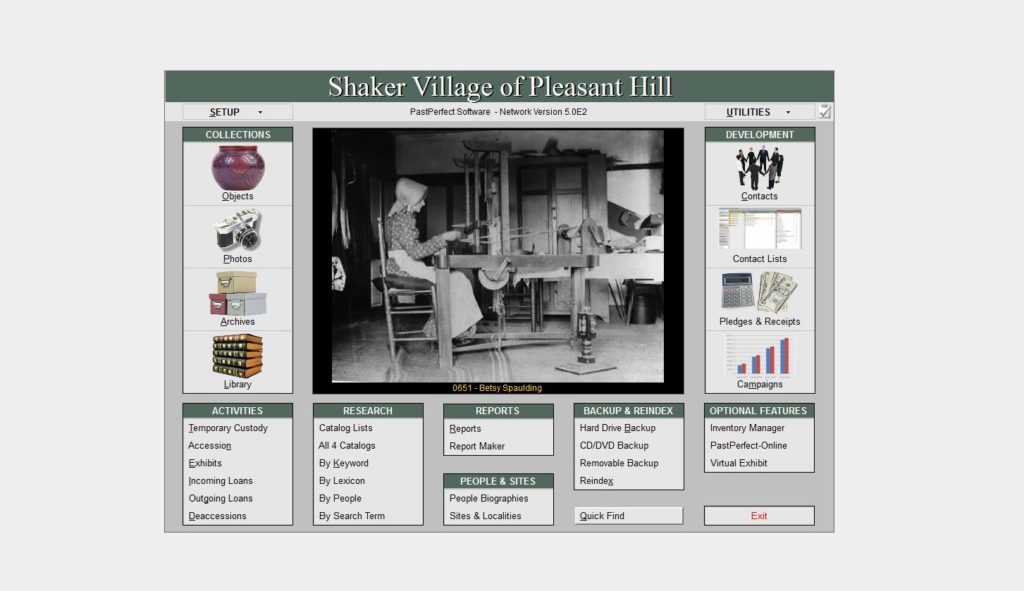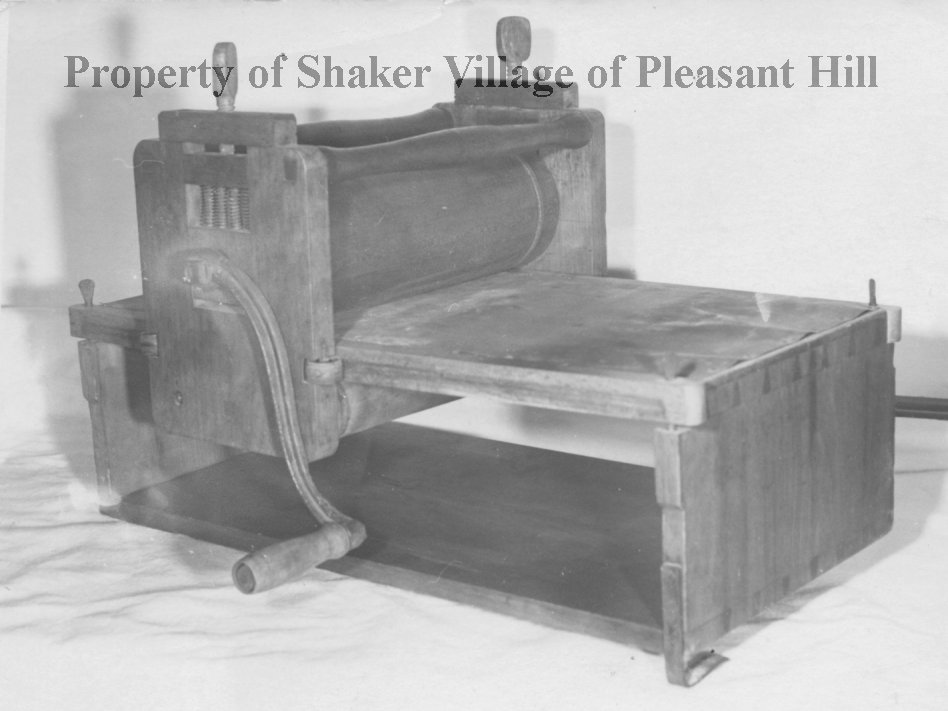Laura Webb, Program Specialist
Hello again! Welcome to the second installment of the National Endowment for the Humanities (NEH) grant blog series.
Even before I last checked in with you, I had been diving deep into our object records to make progress on phase one of this project.
Pop quiz time!
Q. What does phase one entail, again?
A. If you read last week’s blog you may remember phase one includes, “Sift[ing] through existing digital records with an editorial eye, checking for consistency, accuracy and potential missing information.”
Here’s a breakdown of my progress so far. I’ve edited 940 objects in a little over seven days of work. I’m no math whiz, but my calculator tells me that I’m averaging roughly 120 object records per day. That’s six online catalog “pages” of 20 records each. With 4,624 object entries currently digitized (not including records for photographs, archival documents and research library publications), that means I’m roughly one-fifth of the way through phase one of this project. If all goes well (knock on wood), I’m projected to complete this phase in early September. Thank you, calculator!
I’m going through our records with specialty museum software called PastPerfect. This software has had lots of updates and features added since it first came out in 1998, but honestly it has a user interface that still looks like it survived Y2K.

It may not look sleek, but it’s very thorough! I’m a detail-oriented person, so we get along fine. And this is certainly a meticulous job – some might say tedious, even. So far, even maintaining my “productivity averages,” I’ve done many passes over the same records several times a week, developing consistent syntax and record-keeping, along with teaching myself software tools, tricks and shortcuts as I go.
With this “close looking,” I’ve run across items deep in our collection that even I didn’t know we owned, which you can expect to see examples of in later posts in this series.

I’ve also caught lots of oddball errors. For example, one past software update moved object information into a field called “Species,” referring to Natural History. This meant I’d see objects called “Species: Stove” and the like. Other times I’ve found amusing typos, such as one referring to Shaker Pure Extract of Malt as “Pure Extract of Meat,” which sounds awfully unappetizing!
As I’ve been making my passes through our collection records, I’ve also noticed trends in accessioned (which means “to record in the order of acquisition”) [i] objects. As we add items in batches, often as they are donated or purchased, I get a sense of that collector’s interests. There will be waves of rugs, bottles, baskets, or chairs all at once. It’s fun to speculate about the previous owner’s personality and to notice subtle differences between otherwise similar items.
While our digital catalog’s final form will, of course, keep our donor’s personal information private, soon you too will be able to investigate the depth and breadth of our collections.
Shaker Village of Pleasant Hill was awarded a CARES grant through The National Endowment for the Humanities in June 2020. Funding from this grant award supported two activities to enhance digital humanities initiatives at SVPH, including Laura Webb’s work to review our collection records and prepare them for publishing in a public digital database.
[i] The Free Dictionary by Farlex, s.v. “accession,” accessed July 23, 2020, https://www.thefreedictionary.com/accessioned.